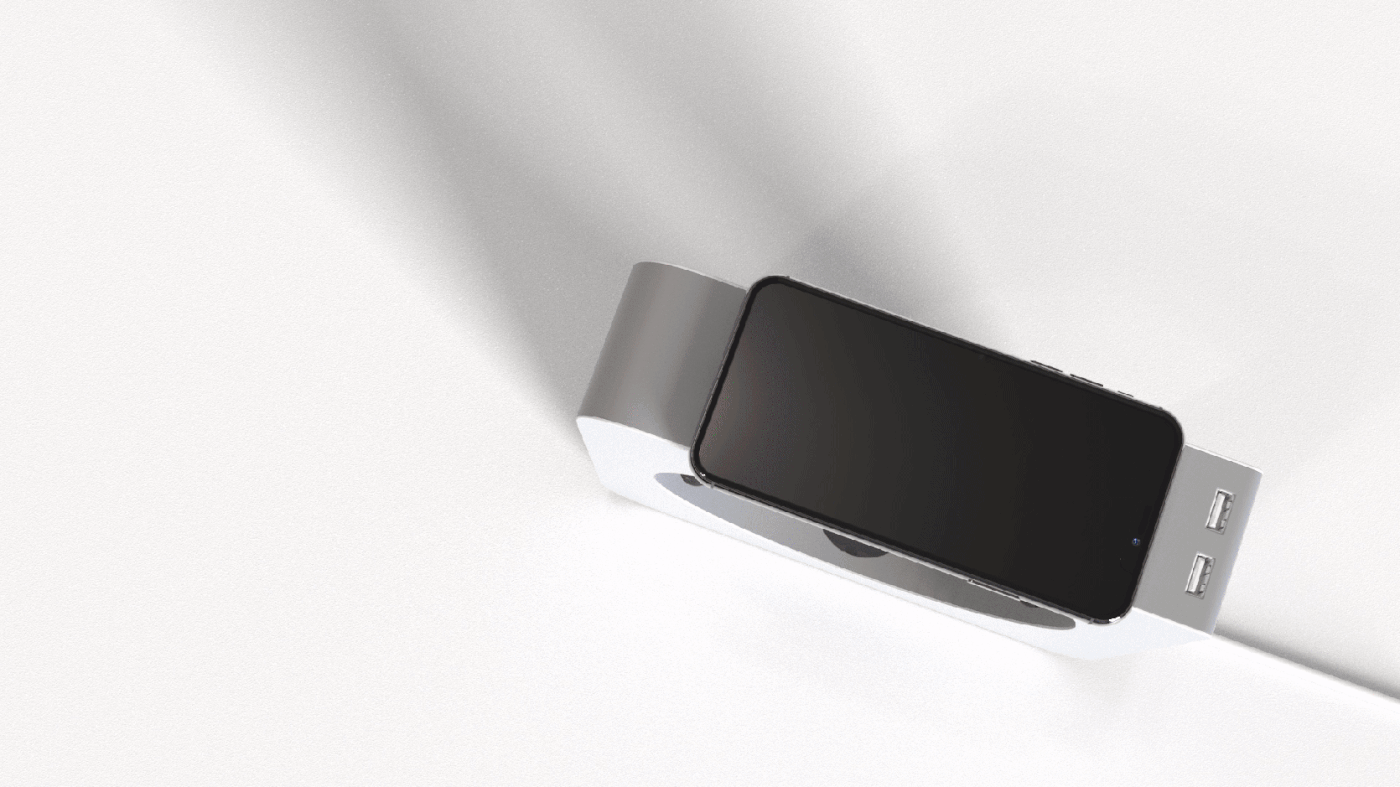Room dividers are multifunctional by nature– they can be changing rooms, photoshoot backdrops, private meeting places, home cubicles– these days they can even be all of that all at once. While they leave a lot of room for us to get creative with their uses, room dividers typically have kept a pretty lowkey, conventional design through the years. Turning the room divider into a conversation about sustainability and versatility, Eunsang Lee has designed 5A1, a modular, infinity room divider that can be endlessly reconfigured to extend the product’s life cycle.
Feeling a sense of responsibility as a designer to create more sustainable products, Eunsang Lee turned to room dividers to reinterpret the classic piece of furniture. Today, new products are typically made from materials with short life cycles, leading to more consumption and waste. Constructed from responsibly sourced and sustainable materials like wood and steel, 5A1 is a minimal room divider, formed by hanging steel cables where steel and wooden modules can be attached and configured to hang clothes, mirrors, or even plants. Inspired by the act of communication between people, the 5A1 room divider comes with modules that can be attached, forming infinite configurations and a multifunctional piece of home decor.
In creating 5A1, Eunsang Lee hopes to continue the conversation around multifunctional pieces of furniture and her aim for sustainability as a designer. Speaking to this, Eunsang Lee says, “I imagined the process of meeting and communicating between objects and communication between objects and people. We observed that attachment is formed when the user directly assigns an [object’s use.]”
Designer: Eunsang Lee
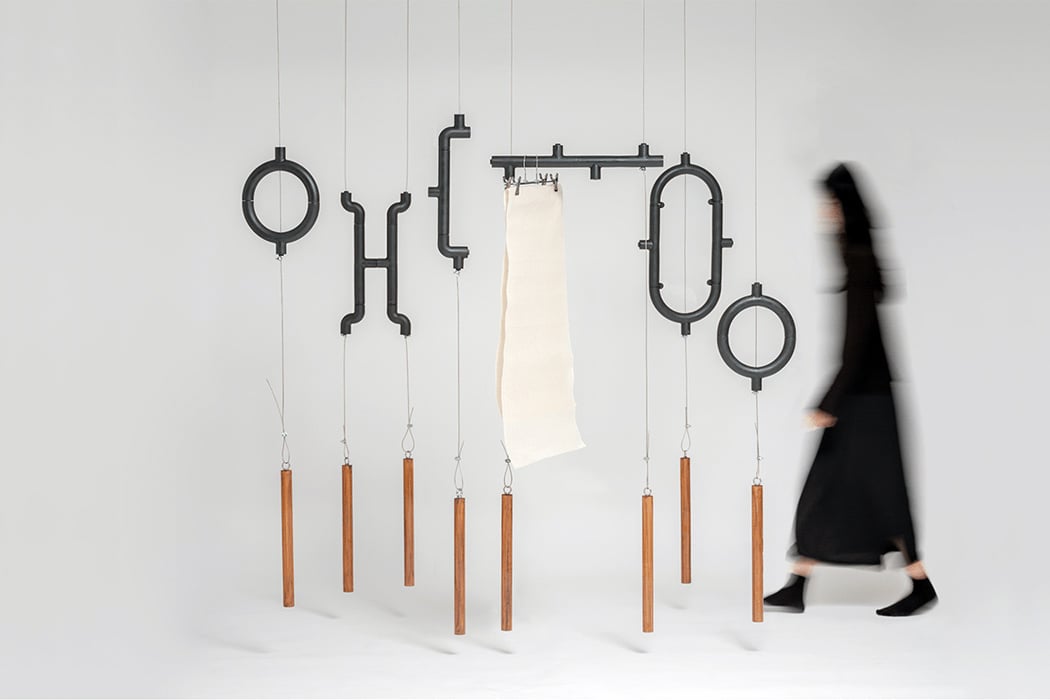
From steel cables, wooden and steel modules can be attached and linked together to form a room divider.
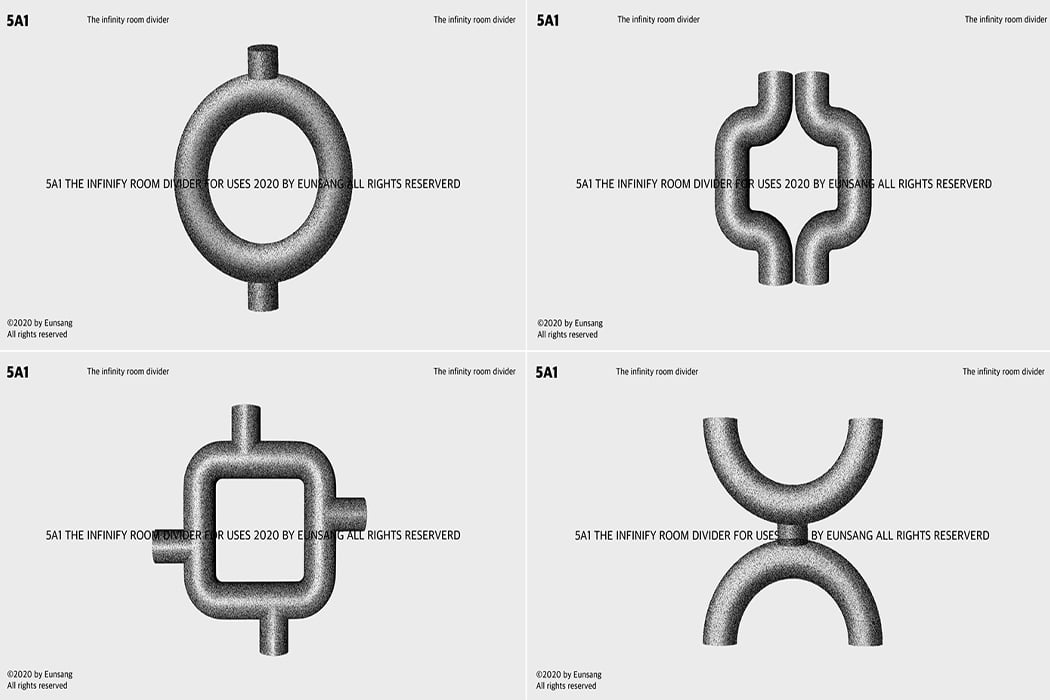
5A1’s steel modules have different links and shapes that can be linked together to form multifunctional configurations.
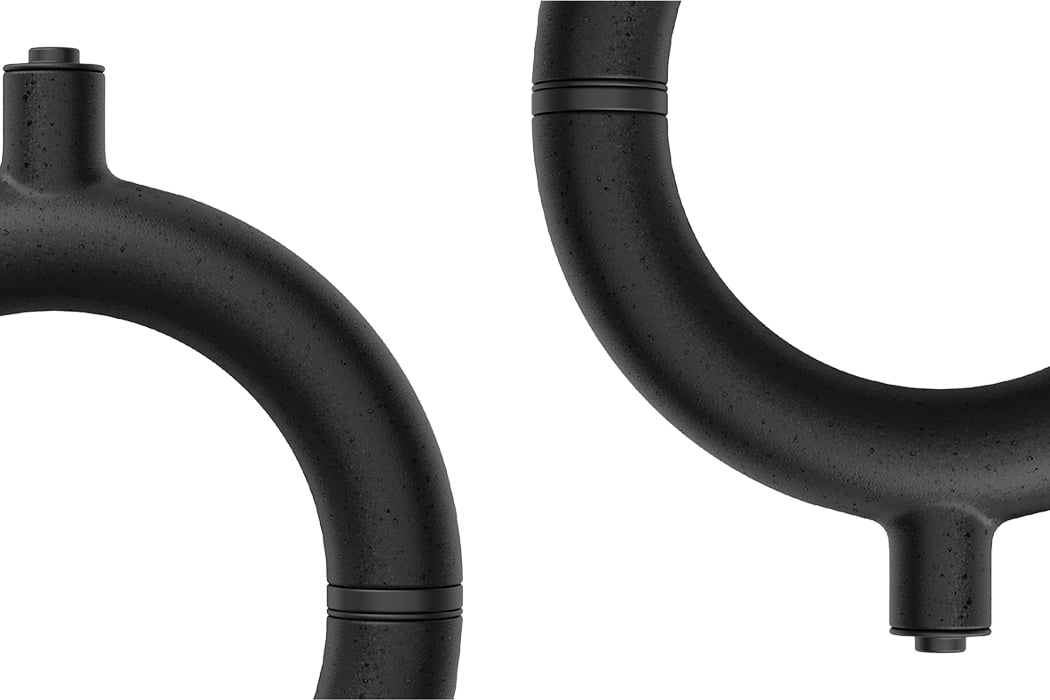
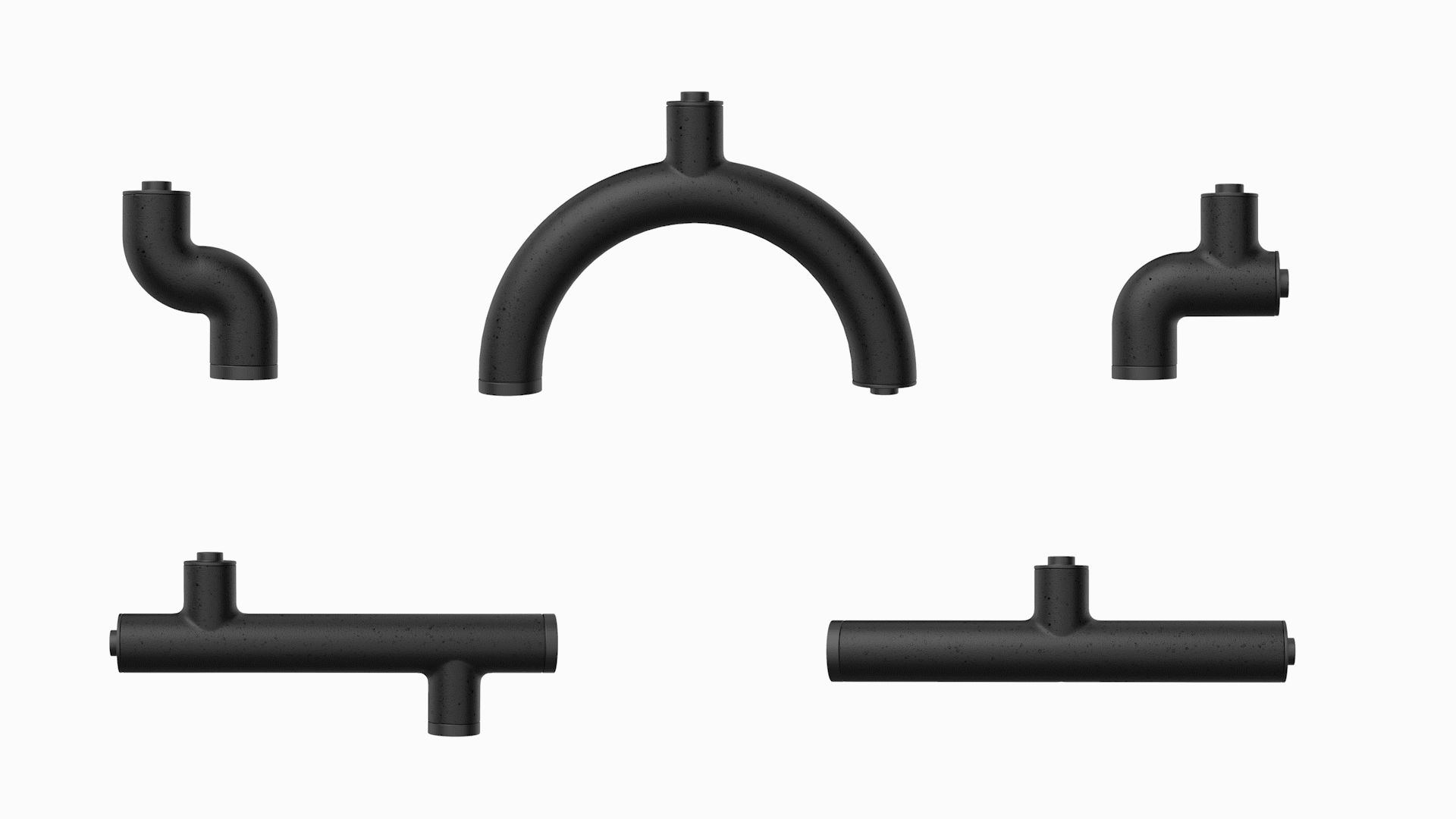 By using such a sustainable material like stainless steel to configure 5A1, the product’s life cycle is much longer than other room dividers.
By using such a sustainable material like stainless steel to configure 5A1, the product’s life cycle is much longer than other room dividers.
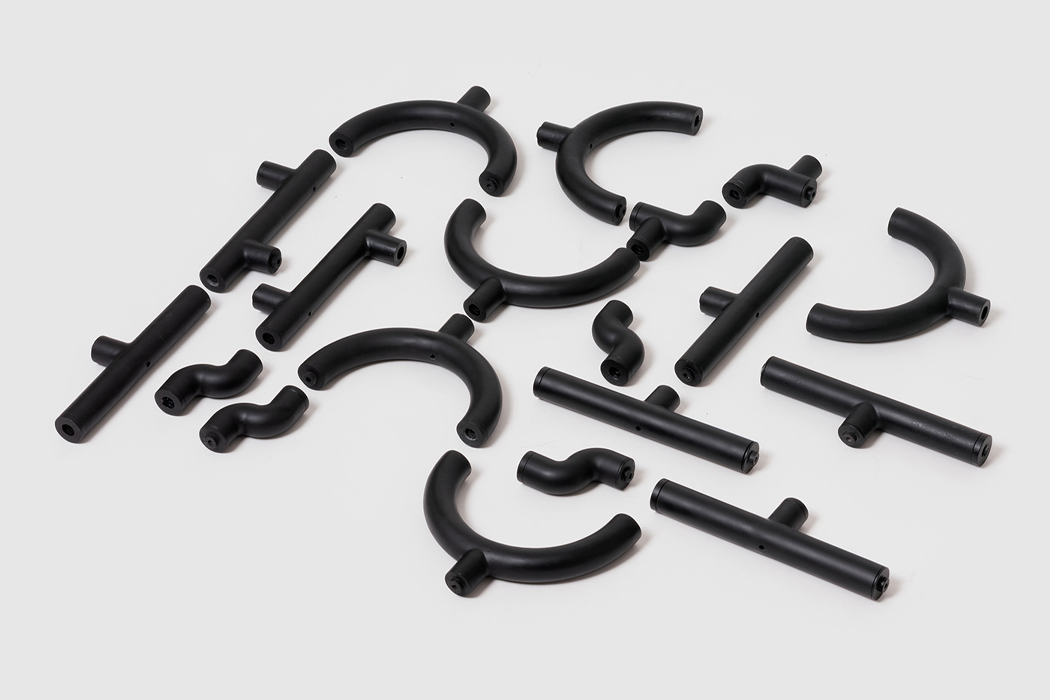
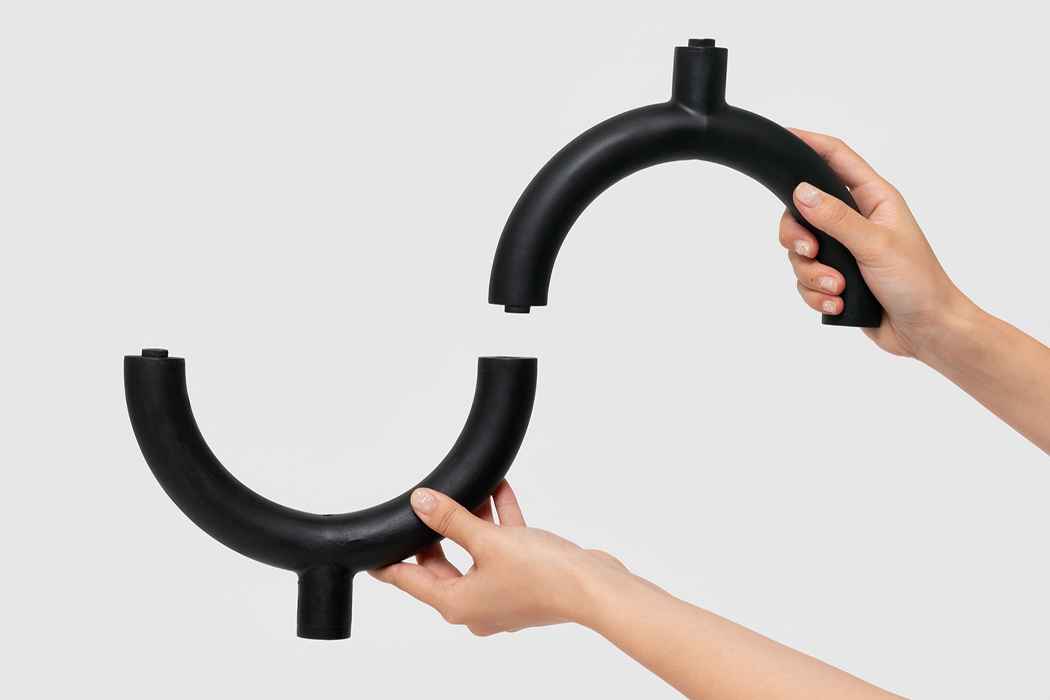
Through magnetic linkage, the steel modules can be linked together without additional tools or hardware.
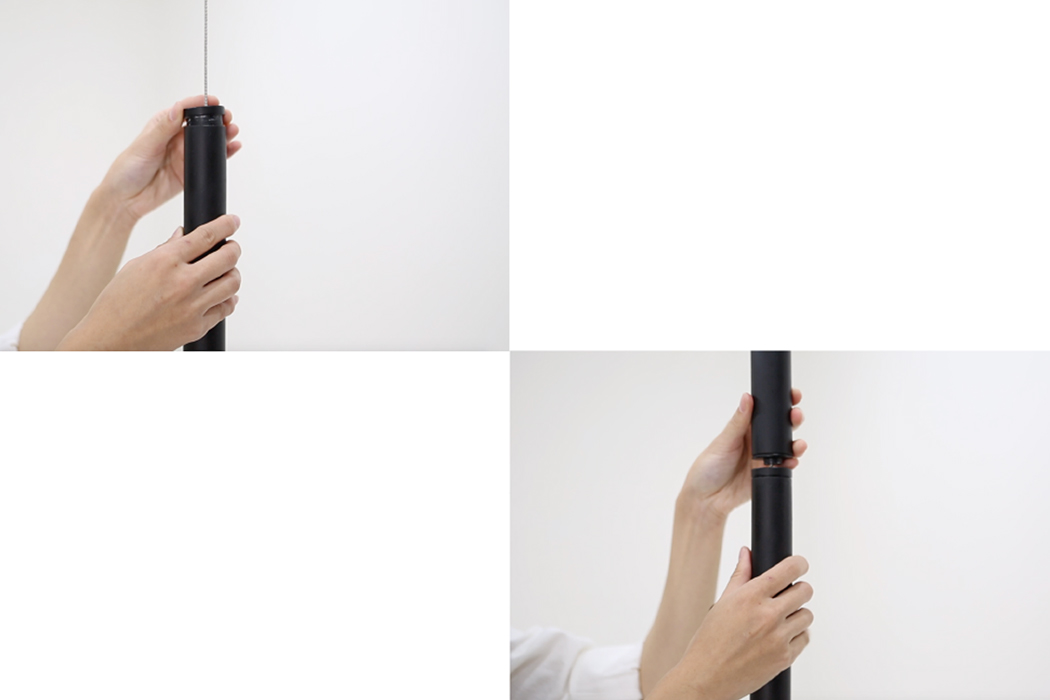

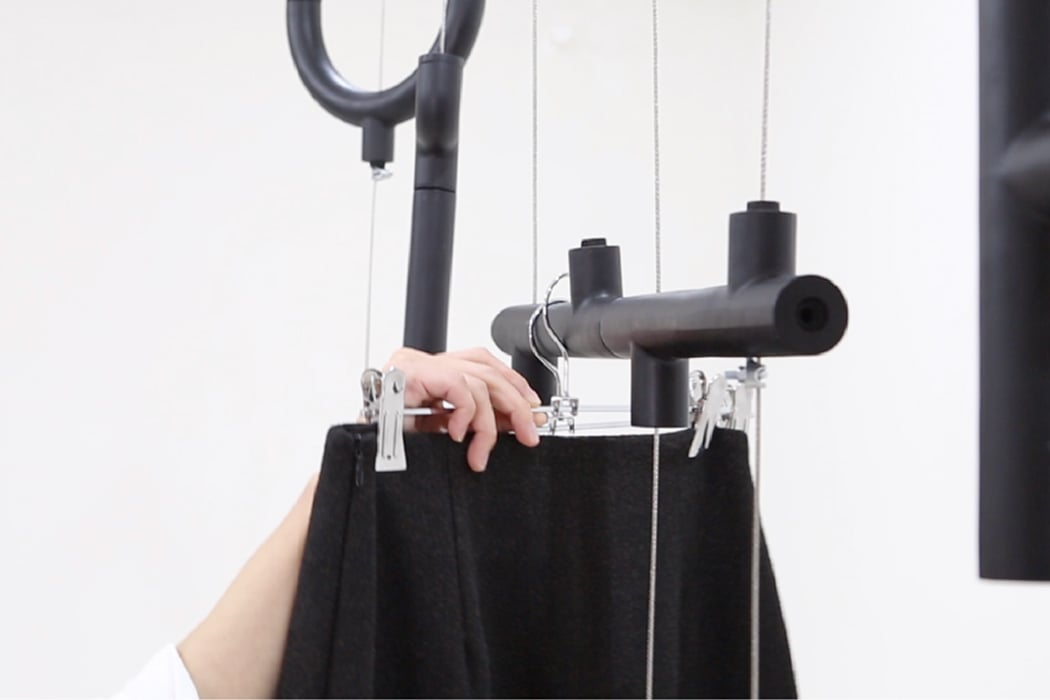
When linked together, the steel modules create a space where clothes or room decor can be hung.
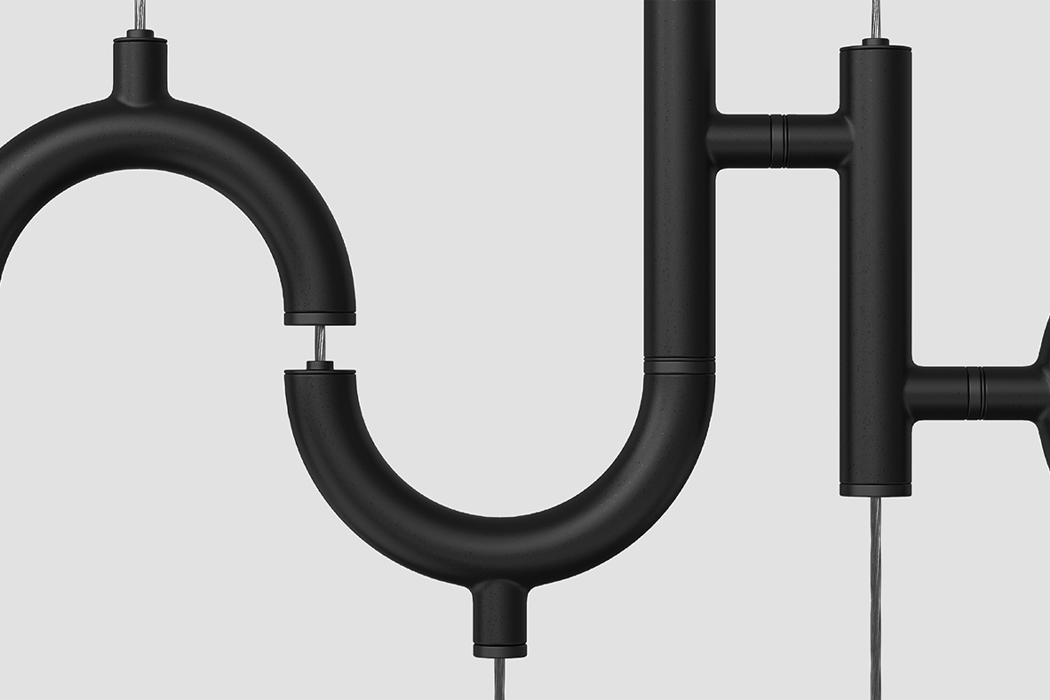
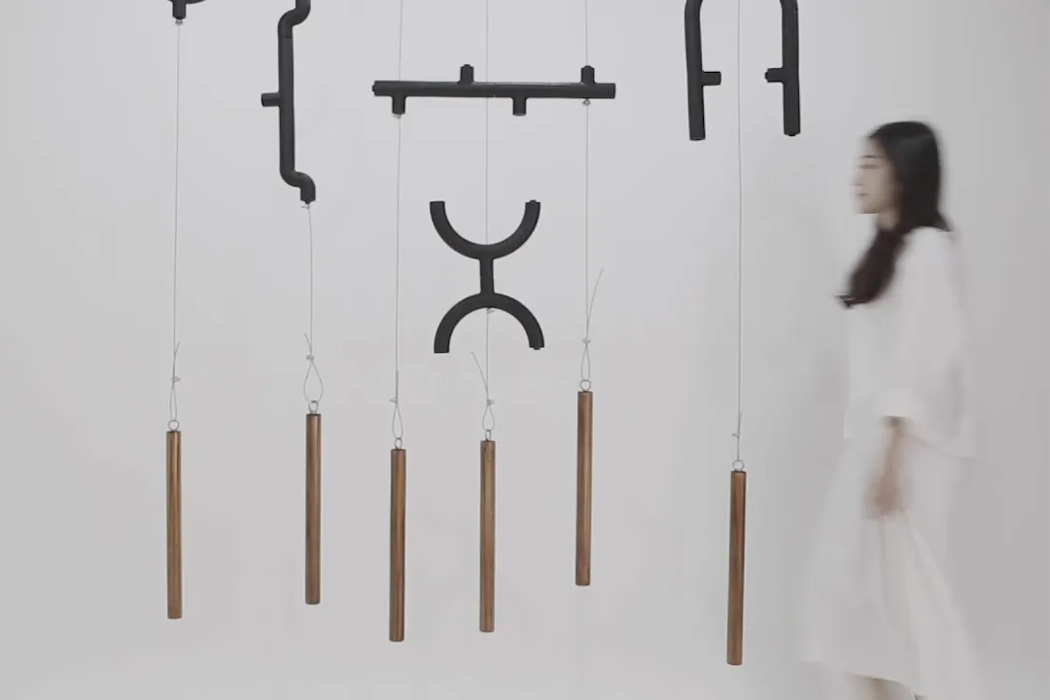
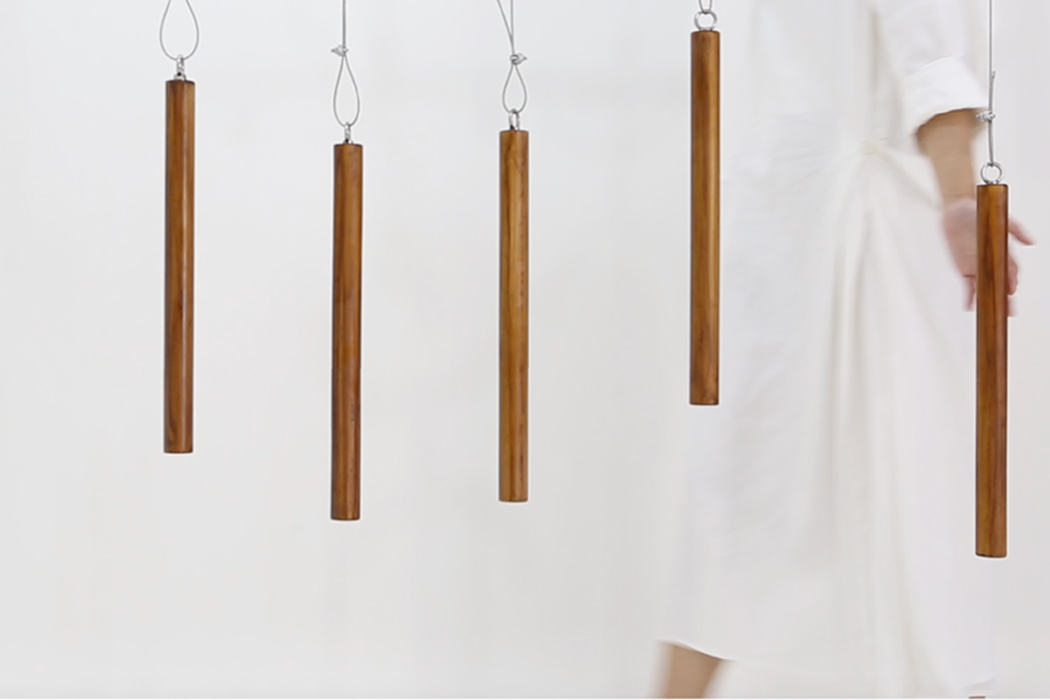
Wooden beams provide each steel cable with enough weight to hang from the ceiling or 5A1’s main beam.
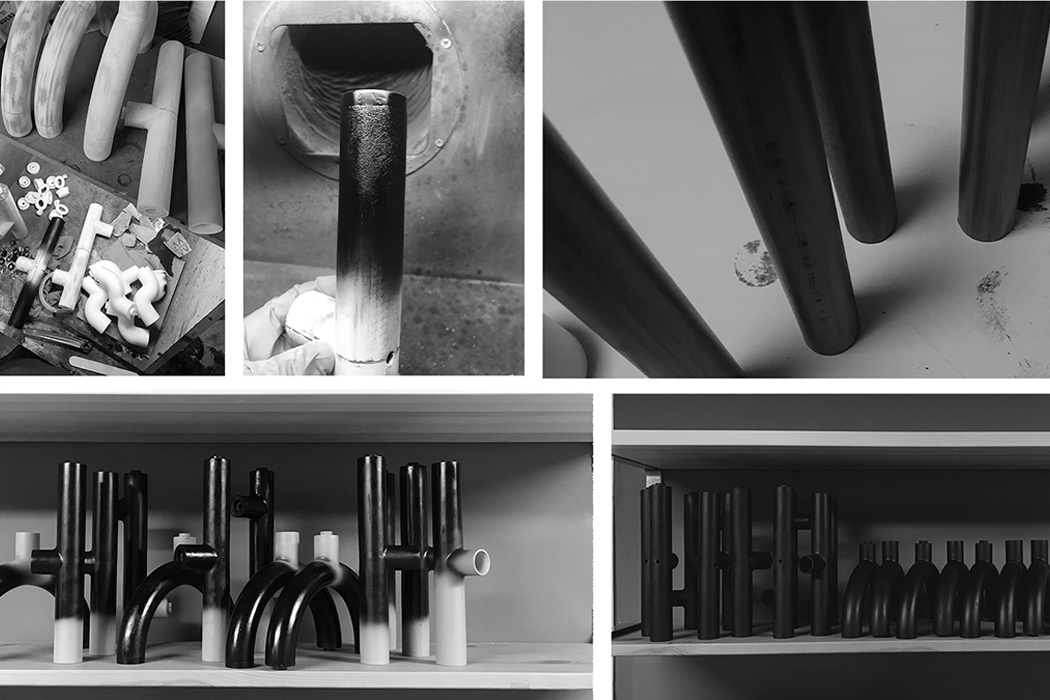
The different shapes of steel modules are congruent in size and orientation so they can easily be linked.




